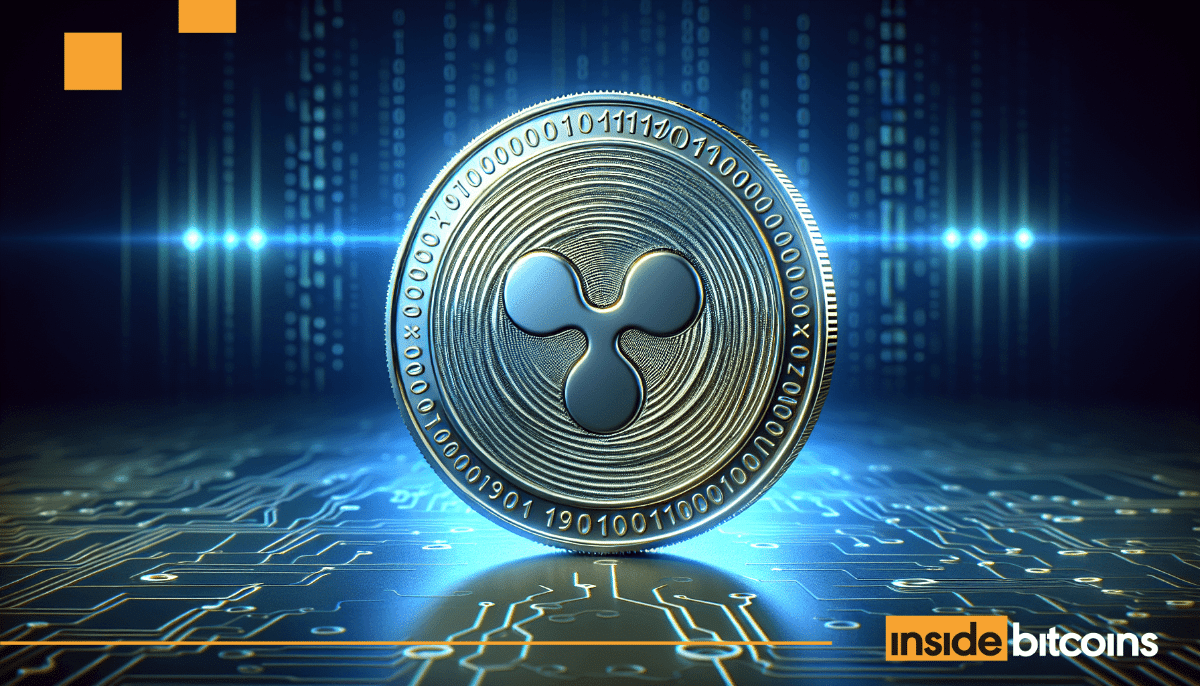In essence, the move aims to combat money laundering and terrorist financing. Effective 30 December 2024, Regulation (EU) 2023/1113 mandates that crypto exchanges operating in the European Union adhere to stringent reporting rules for fund transfers and crypto assets. This initiative, under the EU’s Markets in Crypto-Assets Regulation (MiCA), subjects crypto asset service providers to the EU’s Anti-Money Laundering/Countering the Financing of Terrorism (AML/CFT) framework.
Payment service providers (PSPs), intermediary PSPs, crypto-asset service providers (CASPs), and intermediary CASPs have a grace period of two months to demonstrate compliance, including user information collection and transactional purpose identification.
The EBA acknowledges potential financial impacts on crypto exchanges and service providers but argues that the long-term benefits of enhanced AML/CFT measures justify initial costs, as the guidelines are expected to strengthen efforts against money laundering and terrorist financing.
A response from blockchain protocols
Meanwhile, in response to tightening regulatory oversight in Europe, blockchain protocols are adapting. The Cardano Foundation, collaborating with the Crypto Carbon Ratings Institute, has developed sustainability metrics for the Cardano network. This initiative ensures compliance with MiCA regulations, emphasising Cardano’s energy-efficient proof-of-stake protocol compared to energy-intensive proof-of-work alternatives.
The sustainability report details metrics such as annualised electricity consumption, carbon footprint, and marginal power demand per transaction per second. By adhering to these standards, Cardano wants to promote environmental sustainability in blockchain technology while meeting regulatory requirements.
Credit: Source link















































